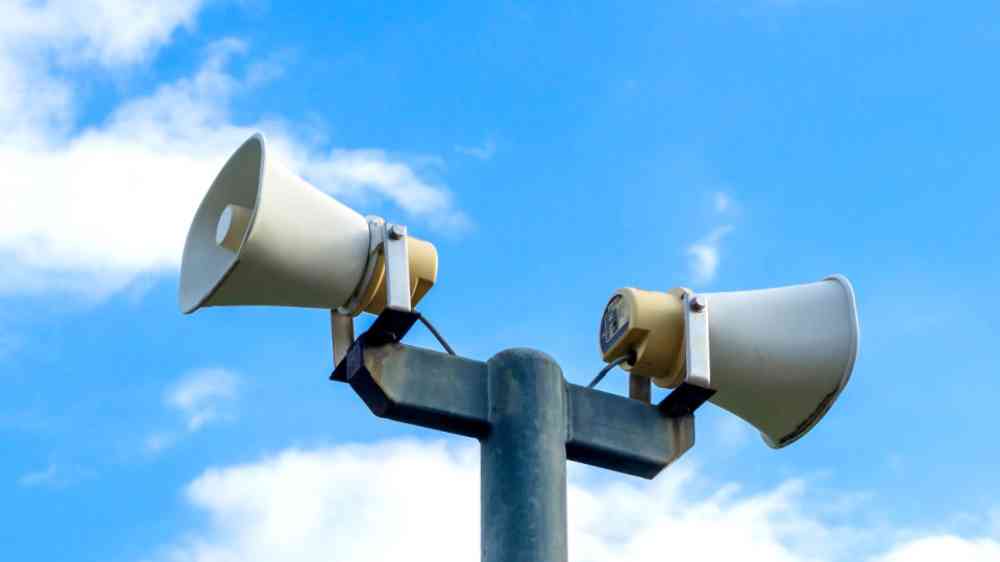WMO supports Cambodia and Lao PDR to strengthen early warnings

The CREWS Steering Committee meeting, held in a Least Developed Country for the first time, agreed to provide a potential additional US$ 7 million in funding for Cambodia and Lao PDR, bringing the total CREWS portfolio in the two countries to US$ 12 million.
Six of the principal CREWS funding partners recently visited Cambodia and Lao PDR to gain first-hand experience of WMO pilot projects in community-based flood warnings. The delegation included climate ambassador Stephane Crouzat of France, CREWS Chair Gerard Howe, United Kingdom and delegates from Canada, Finland, Norway and Switzerland.
The CREWS delegation met heads of national meteorological and hydrological services and ministers to understand how CREWS-funded projects are contributing to Early Warnings for All initiative.
Early warnings for all
Cambodia is one of the 30 countries chosen to accelerate the implementation of the UN Secretary-General’s Early Warnings for All initiative.
In Cambodia, nearly 80 percent of the population live in rural areas, and 65 percent rely on agriculture for their livelihoods. One-fifth of Cambodians are food deprived, which means they eat less than the minimum daily requirement of calories. Floods and drought are regular occurrences and their frequency and intensity have increased due to the changing climate. Being able to monitor, predict and communicate on the occurrence of these extreme events and their impacts is a priority for the authorities.
Under the framework of CREWS Cambodia and Lao PDR project, WMO and its partners have supported the roll-out of Early Warnings For All with a national workshop and the ongoing development of a national early warning roadmap.
Progress to date include an assessment of the capacities of the Departments of Meteorology and Hydrology and River Works, and an investment plan to cover key capacity gaps. Infrastructure priorities, such as the installation of a database management system and training of staff already allow a better access to global and regional forecasts from the European Center for Medium-Range Weather Forecasts (ECMWF) and the European Center in Vietnam.
WMO is assisting the country by piloting flood early warning systems in three basins, with better monitoring, visualization of the risk and flood events and communication and preparedness by the local communities.
"Due to climate change, disaster impacts have increased and there is need for immediate action to prevent or manage risks. Being climate researchers and weather forecasts, I would like to continue participating and supporting various activities of the CREWS project which is strengthening the preparedness and resilience capacities of Cambodia on early warning and early action,” said Seth Vannareth, Advisor to the Advisor, Ministry of Water Resources and Meteorology and Permanent Representative of Cambodia to WMO.
In Lao PDR, Mr Viengxai Manivong Deputy Director General of the Department of Meteorology and Hydrology (DMH) thanked CREWS for its support on advancing the development of Early Warning Systems.
National flood and drought risk profiles
Following the high-level visit two technical workshops provided training on national flood and drought risk profiles. The workshops developed risk profiles for Cambodia and Lao PDR, with support from WMO’s Associated Programme on Flood Management partners CIMA Research Foundation and Asian Disaster Preparedness Centre with the active engagement of national agencies and universities.
The risk profile with probabilistic risk assessment provides potential impacts of flood and drought events in current and projected climate scenarios. The workshops presented the results of risk profiles and gather recommendations for applying the results of risk profiles in sustainable development planning and disaster risk reduction measures.
Given the yearly flood and drought disasters, these risk profiles provide in-depth understanding of potential risks and impacts in both countries. The risk profiles are crucial in supporting national agencies and ministries in identifying measures for preventing and mitigating the disaster risks.
‘’Working with national institutions to provide forecasts and risk profiles that allow the population to understand the potential impacts of floods and droughts and measures that need to be taken are key outputs for Early Warnings for All initiative in Cambodia and Lao PDR which WMO is leading with UNDRR following the UN Secretary General mandate to cover everyone on this planet with early warning systems in the next five years,’’ commented Jason Watkins, WMO Project Officer.